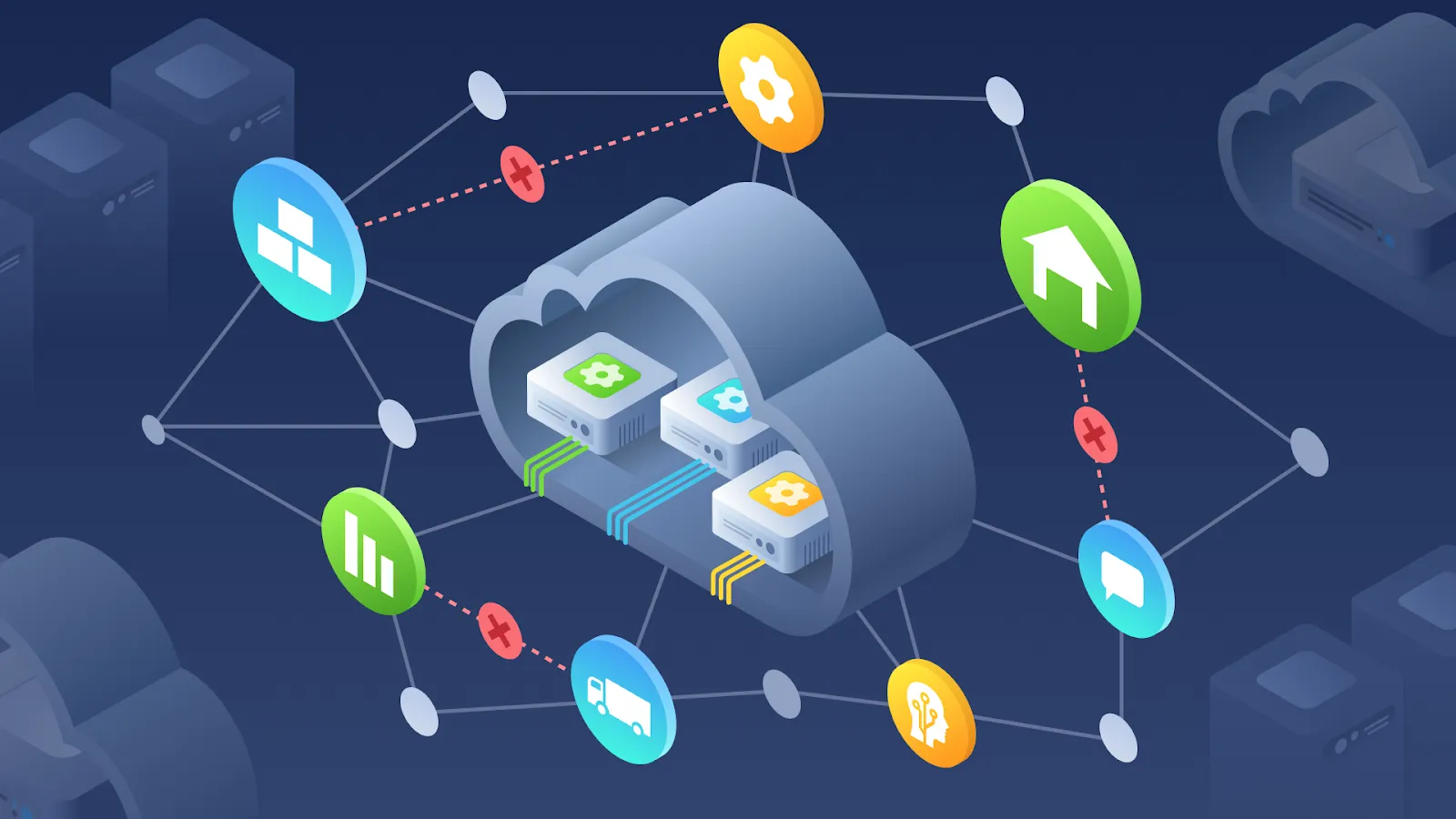The Internet of Things, commonly known as IoT, represents a network of physical devices interconnected through the internet, each embedded with sensors, software, and other technologies to collect and share data.
IoT creates opportunities for more integrated and automated solutions in many different industries. On the other hand, IoT brings new challenges to businesses that must be addressed in order to achieve a successful IoT deployment.
Security Issues
One of the most significant challenges in IoT is the inherent security vulnerabilities associated with these devices. As they are directly connected to the internet and continually collecting and transmitting data, IoT devices are prime targets for cybercriminals. Intruders can exploit weak security measures to gain unauthorized access to the device, manipulate the data, or use it as a gateway to infiltrate other connected systems. This vulnerability is caused by the fact that many IoT devices lack proper configuration of encryption and authentication mechanisms, making them easy targets for cyber threats.
According to this research by Help Net Security, shocking facts were discovered during a massive analysis of more than 5 million IoT devices. Some concerning items are:
- Lack of understanding on which devices are actually deployed in the organization
- Usage of legacy operating systems
- “Shadow” IoT devices, deployed without anyone knowing about it
- Insecure network configurations where devices were not isolated enough and could access various resources of LAN networks
The second issue is caused by the diversity of IoT devices, which amplify the potential security risks. Devices range from smart thermostats and fitness trackers to industrial automation systems, each having its own unique security requirements and vulnerabilities.
Privacy concerns
The Internet of Things (IoT) also poses significant privacy risks for individuals and businesses. As IoT devices collect a vast array of data, often including sensitive information, the risk of this data being mishandled or misused is high. For instance, an IoT device in a business environment might collect data on employee behaviors, client interactions, or proprietary business processes, which could be exploited if not securely managed.
Moreover, the interconnected nature of IoT means that data from one device can be combined with data from others to create detailed and potentially invasive profiles of business activities. This information, if falling into the wrong hands, can provide competitors with an unfair advantage, compromising a company’s competitive position.
Finally, the lack of standardized privacy regulations for IoT contributes to these risks. Many existing privacy laws did not anticipate the complexities and challenges presented by IoT, leaving businesses uncertain about the legal obligations and best practices for protecting privacy in this new landscape. This uncertainty creates an environment where privacy infringements can easily occur, either inadvertently or intentionally.
Interoperability and Standardization
The lack of standardization in the Internet of Things (IoT) presents a significant challenge to its full and effective implementation. Without uniform standards, the interoperability of devices is seriously hampered. Various IoT devices, developed by different manufacturers, often work on distinct platforms and protocols, making their interaction with each other complex. This lack of interoperability obstructs the seamless exchange of data and information, which is the very essence of IoT.
The standardization of IoT devices is also affected by the rapidly evolving nature of technology. As technology continues to advance at an unprecedented rate, creating universal standards that keep pace with these changes is a daunting task.
Again, the absence of uniform standards can lead to increased security risks. Without standard security protocols across all IoT devices, the network’s weakest link becomes an easy target for cybercriminals. This could result in serious breaches involving large volumes of data, which could have severe implications in terms of privacy and financial loss.
The Internet of Things (IoT) encompasses a vast spectrum of devices, from household appliances, such as refrigerators and thermostats, to industrial equipment, like manufacturing machines and sensors. Each of these devices, while serving distinct purposes, are expected to communicate and interact seamlessly with each other. However, the reality is far from this ideal. This situation is worsened by the high competition among manufacturers, each pushing for their proprietary technology to be adopted as the standard.
Data Management
IoT devices are prolific data generators, producing an unceasing stream of data—a characteristic that, while empowering, also presents a significant challenge. The sheer volume of data generated by these devices is staggering, often resulting in a data deluge that is difficult to manage effectively. This data overload not only necessitates extensive storage capacity but also necessitates efficient techniques to process and analyze the data meaningfully. Meanwhile, the high speed at which IoT data is produced further exacerbates these management challenges, requiring real-time or near-real-time processing to extract timely insights and enable prompt decision making.
Another issue associated with IoT data management is the variety of data generated. IoT devices produce data in numerous forms, including structured, semi-structured, and unstructured data, each requiring distinct processing techniques. The data can range from simple numeric values from a sensor to complex video streams from a security camera. This diversity of data types necessitates sophisticated data integration and harmonization methods to ensure that the disparate data forms can be jointly analyzed and interpreted.
Conclusion
In conclusion, the Internet of Things (IoT) represents a profound technological shift, offering transformative potential for businesses in various sectors. However, the challenges of data privacy, the lack of interoperability and standardization, and complexities in data management underscore the obstacles that must be overcome to realize this potential fully. The privacy risks associated with the vast amounts of sensitive data generated and shared by IoT devices highlight the need for robust security measures and comprehensive privacy regulations. Further, the issues with interoperability and standardization underscore the importance of developing universally accepted standards to ensure seamless, efficient, and secure communication between diverse IoT devices.




